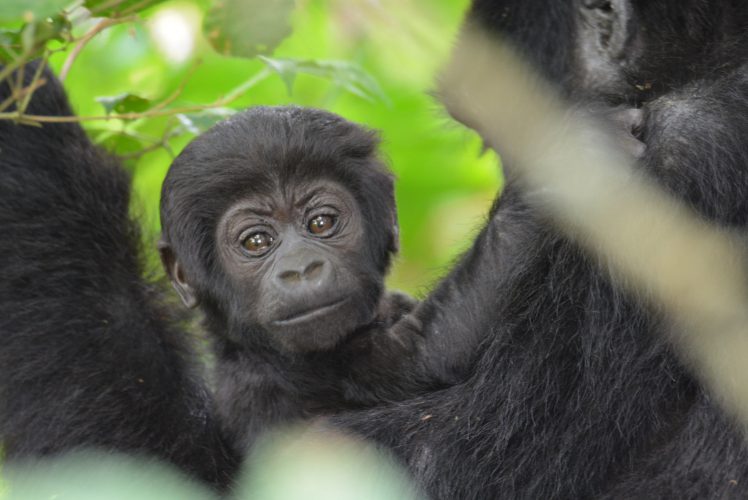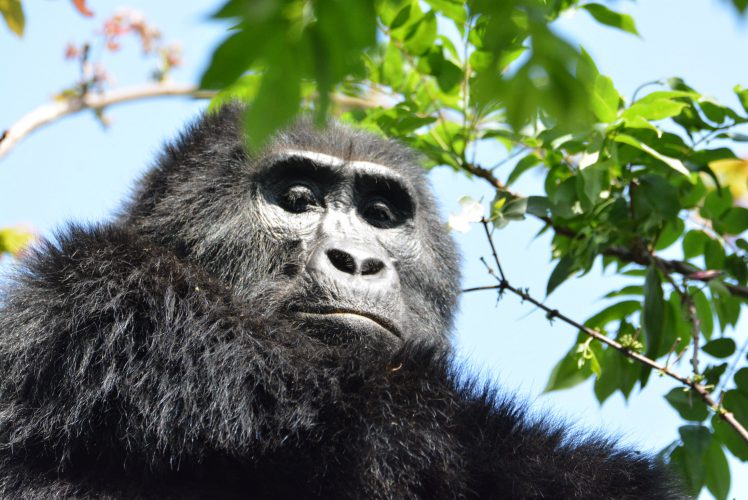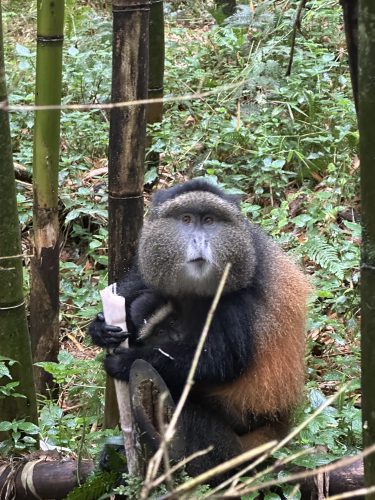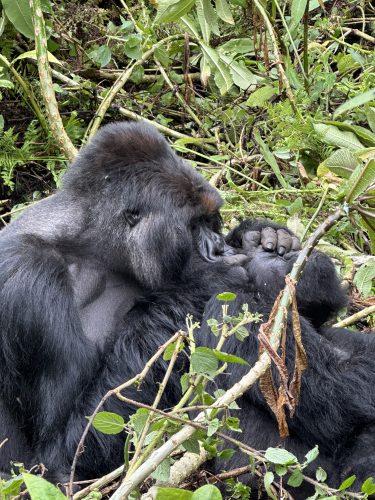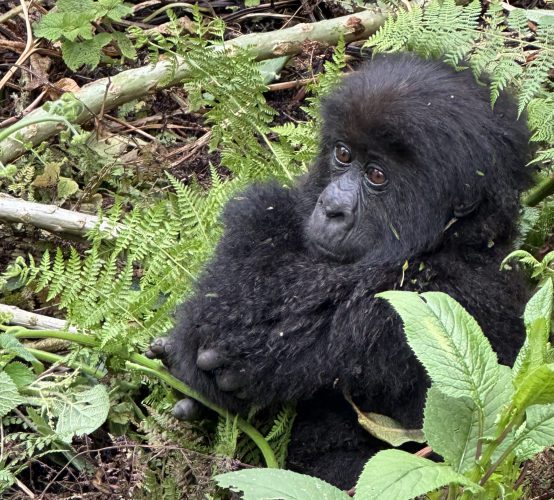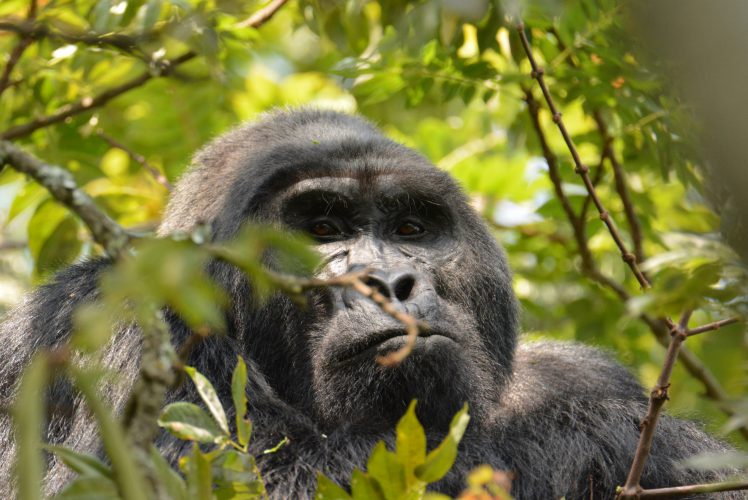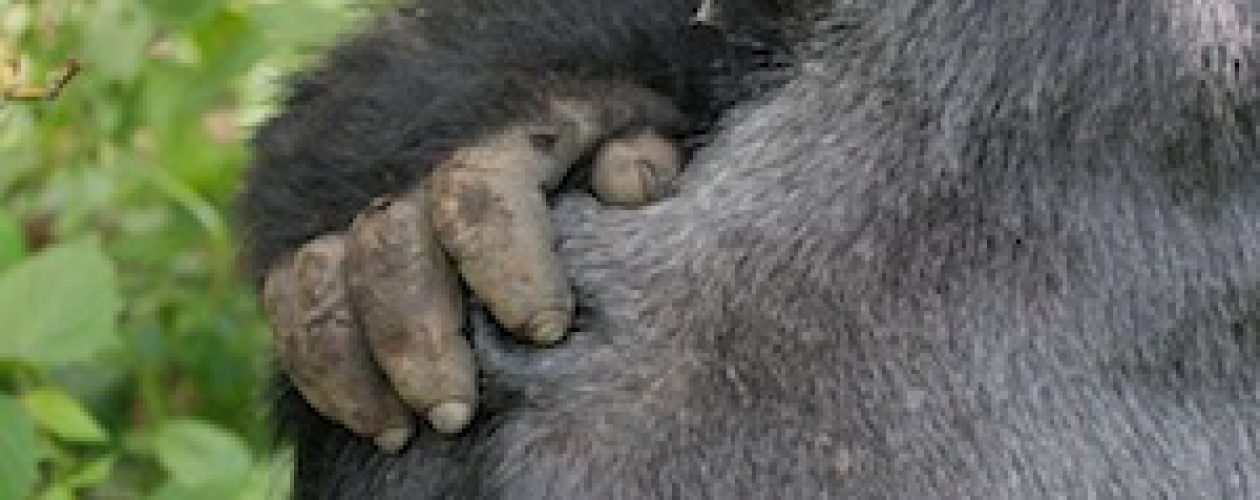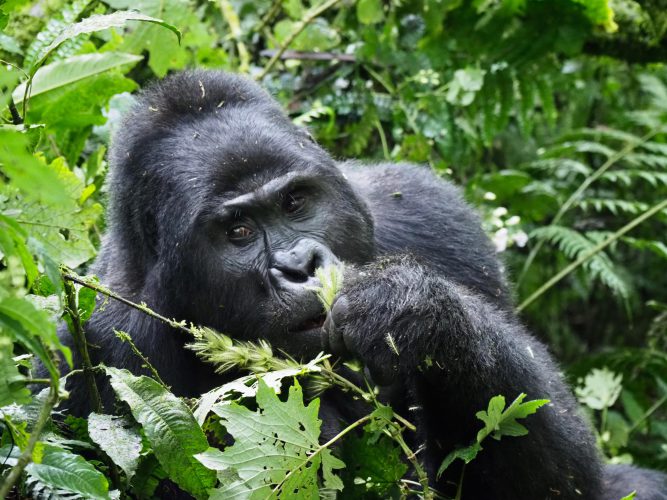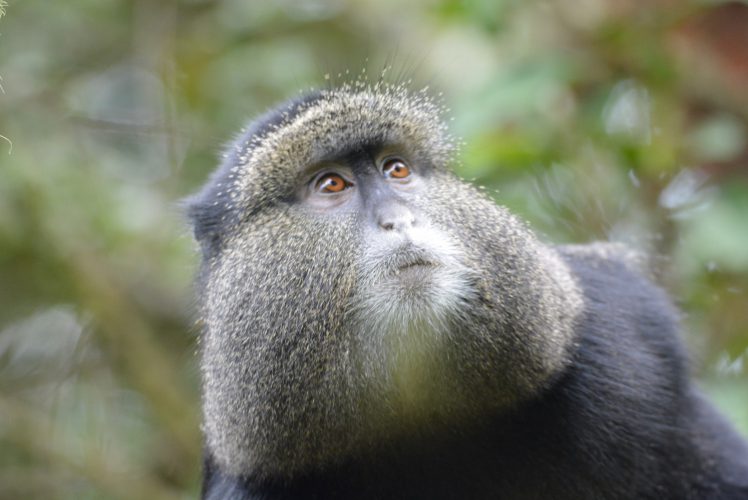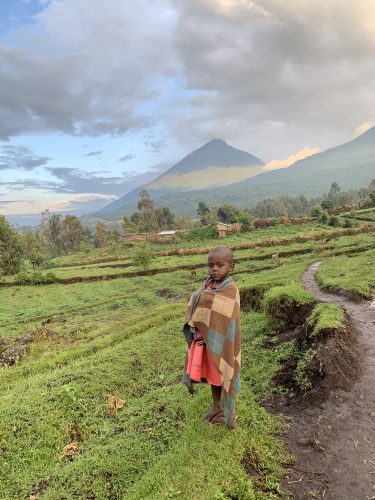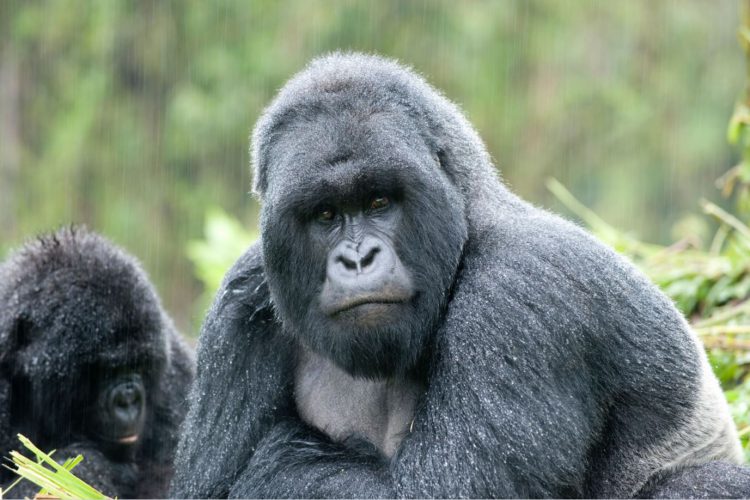It is easy to understand why gorilla trekking in Rwanda and Uganda is on many of our client’s bucket lists. The opportunity to spend time face to face with a gorilla is on our list of favorites as well. Since we’ve been there and done that, we thought we would share some insider insights to help you prepare for this incredible experience.
When to go: While trekking is a year-round activity, you may find it preferable to visit during the dry season (from June – October) when conditions are easier for hiking through the dense forest. Keep in mind, if a more challenging hike during the wet season doesn’t worry you, low season travel does afford you better rates, fewer travelers and perhaps more intimate encounters with the gorillas. And even the “dry”season can be wet, it’s a rainforest after all.
Altitude: Gorillas’ habitat range from 8,000 to 11,000 feet, and at this elevation some trekkers get winded. Don’t underestimate the effort required to hike through the rainforest at altitude, even if you consider yourself fit. Spend the 4 weeks before traveling taking hikes in hilly areas (or even up and down stairs) and get into good hiking shape.
Be patient: Finding the gorillas in their natural habitat can take some time. You could be lucky enough to come across the group within 30 minutes but be prepared for a trek as long as 3-6 hours. The guides will always do their best to locate the gorilla groups prior to your hike, and take the shortest route possible.
Age restrictions: You must be at least 15 years old to gorilla trek.
Health restrictions: Gorillas are particularly susceptible to human illnesses, so you need to be 100% healthy to be allowed to visit with the gorillas. Take extra care before you travel to boost your immune system and avoid contact with anyone with a cold or flu bug.
Footwear is important! For Yvette, Neoprene boots are most comfortable and eliminate the need for gators to protect your shoes. Vanessa prefers her Ahnu hiking boots, which are lightweight and offer ankle support. Anouk trekked in just sneakers (to save luggage space) but her socks were pretty soggy by the end! Victoria stuck with her trusted Salomon waterproof hiking shoes. No matter what your footwear preference, make sure your shoes/boots are broken in and comfortable. This is not the time to break in new boots or shoes, as veteran Tracey Gluck will tell you.
What to pack: Besides comfortable, broken-in footwear, we also suggest that you pack, long pants, garden gloves and thick socks to protect against nettles, as well as a waterproof jacket. Vanessa prefers to layer lightweight rain pants over a pair of shorts. Anouk wore quick drying pants, and would not recommend any cotton pants or jeans. Victoria’s go to are her lightweight hiking pants, and layered long sleeved tops with a waterproof outer layer. Finally, don’t forget to pack a water bottle.
Porters: Porters and guides are on hand to show you the path, hack through vegetation, carry your gear and largely take the stress out of the day. They do this for a living and add so much value to your experience, that we really insist that you use one, even though it is optional. In fact, we sometimes recommend hiring two porters to make the trek easier, and to “give back” a little to the local surrounding communities.
If at all possible – do a golden monkey trek first: Doing a golden monkey trek the day before a gorilla trek provides a useful opportunity to become familiar with the proceedings at the park headquarters, the assigning of porters, the functions of the scouts and guides, as well as your own gear and equipment. You may well discover some detail about your camera or your backpack that you’re glad to know in advance of the day of your gorilla trek. And golden monkeys are absolutely delightful to watch.
Our favorite places to trek:
- Uganda is perfect for those who want to see mountain gorillas on a smaller budget as there are more accommodation options at a moderate level (where the gorillas are located) and the permits are less expensive than in Rwanda. Yvette’s favorite gorilla and golden monkey treks were the ones from Mount Gahinga Lodge, five minutes walk from the Mgahinga National Park entrance. There is only one gorilla family, and therefore only one group of 8 visitors on any given day. The terrain is reasonably open, often making for an easier and more scenic trek than in Virunga and Bwindi. (Note, upgrading from a standard to deluxe banda at the lodge is well worth the extra cost). Anouk trekked golden monkeys here as well and it was an absolute highlight in her life. The bamboo forest is simply magical.
- Victoria had an incredible gorilla trek in Bwindi and enjoyed the post trek massage and a visit to the Bwindi bar during her stay at Bwindi Lodge. Travelers with time, can also enjoy a wonderful hike between the northern and southern sector of Bwindi Impenetrable Forest – note, it is marginally easier to hike south to north. Nkuringo Lodge is another wonderful option for accommodation, and base for trekking in the southern sector. Anouk really enjoyed her gorilla trek in Bwindi and had a lovely stay at Mahogany Springs and also loved the “Bwindi bar”.
- Vanessa’s favorite place to trek is Rwanda where she has been trekking twice. She liked the convenience of staying at Sabyinyo Silverback Lodge, which is located about 2 miles from the main entrance to Volcanoes National Park. One of Anouk‘s favorite lodges in Rwanda is Virunga Lodge, for the views and community interaction. Bisate also makes her list, with the very unique suites and amazing work they also do with local communities, planting trees and much more. The trekking never disappoints!
Suggested Safaris:
Rwanda Mountain Gorillas and Golden Monkeys
For most veteran safari enthusiasts, gorilla trekking ranks in the top five all time most memorable safari experiences. So it’s time to start planning your gorilla adventure – contact us!
Read More: Victoria in Uganda and Rwanda – Part 1 l Victoria in Uganda and Rwanda – Part 2 l More on Gorilla Safaris …
